The 8 best British design classics
Why should the Italians and the Scandinavians take all the design glory? Here's our round-up of the best British Design Classics
When it comes to producing design classics, those Italians and Scandinavians don't have a monopoly on all the plaudits. The British design industry punches above its weight on the international stage, with several key pieces that have achieved iconic status. Here are a few of our favourites British Design Classics that fly the flag for homegrown style.
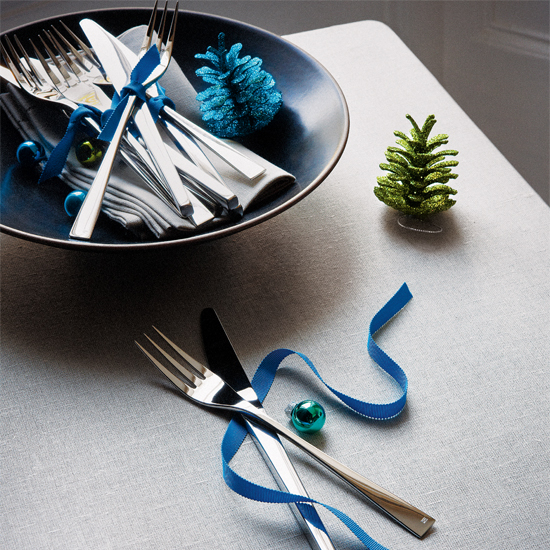
Embassy Cutlery, David MellorThe British Ambassador's receptions have always been
noted for the host's exquisite taste - in super-slick,
stainless-steel cutlery, that is. Designed in 1963, the year Beatlemania took hold, specifically for use in
British embassies, David
Mellor's minimal Embassy range has the same timeless appeal as the Fab
Four. It fulfills Mellor's stated aim of making every aspect of daily
life as functional and aesthetically pleasing as possible.
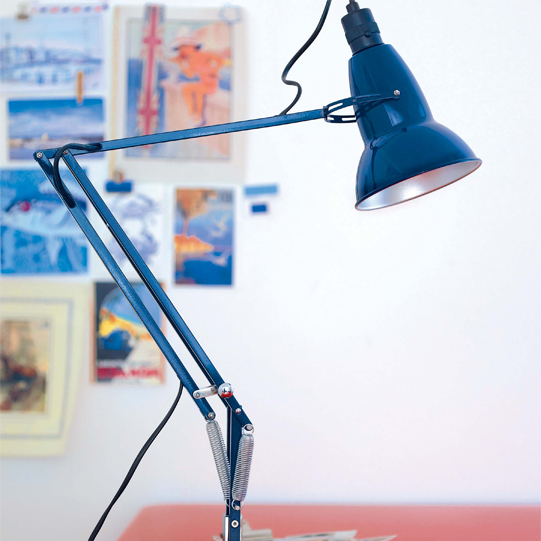
Anglepoise Lamp
Like many design icons, the Anglepoins
began life on the workbench of a tinkerer, as automotic engineer George
Carwardine searched for a way to use a new type of spring he had
invented that remained in position after being moved in any
direction. Working like the tense-flex principles of muscles in human
limbs, the lamp is perfectly balanced so it remains stable as you move
the arm. The 1227 went into mass production the following year and soon
became the nation's task light of choice. In 1949, seeking to ‘eradicate
smut and vulgarity' from the BBC, the head of variety banned their use
unless the ceiling light was also on, believing the light from the lamp
alone would ’provoke furtive ideas and produce degenerate material’. While
the lamp has been upgraded many times, and even supersized in recent
years, the original 1227 it still a firm favourite. Buy one from Heal's.
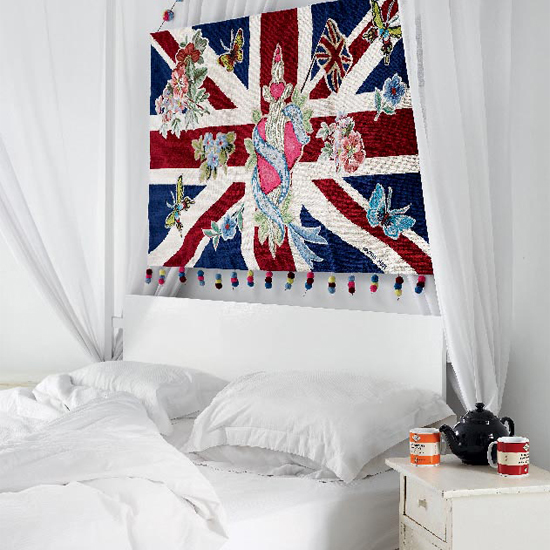
Jubilee Wall Hanging, The Rug Company
This one, quite literally, flies the flag for homegrown design. The needlepoint wall hanging, designed in 2002 by Vogue fashion director Lucinda Chambers incorporates many of her personal favourite things. A self-confessed style ‘magpie', Chambers' pom-pom adorned piece plays on the contrast between the strong symbolism of the flag with flowers, butterflies and a sacred-heart motif. Each one takes three months to complete, being hand-finished in London. It highlights the appeal of inspirational, home-grown design while adding a little tongue-in-cheek pomp to any room.
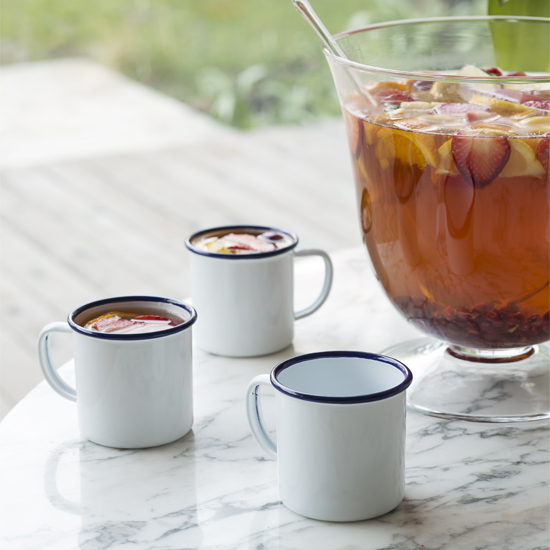
FalconwareIt's not often a mug is so full of memories. Or a
pie dish conjures up such emotion. But whether it's the comforting hot
chocolate of our first camping experience, or the evocative aroma of
Grandma's apple pie, Falcon Enamelware makes us all feel a little warm
and fuzzy inside. With their clean aesthetic and bue and gloss-=white
finish, tge products were originally designed in the Black Country to
mimic fine bone chine, while being durable enough for the rigours of
everyday use.
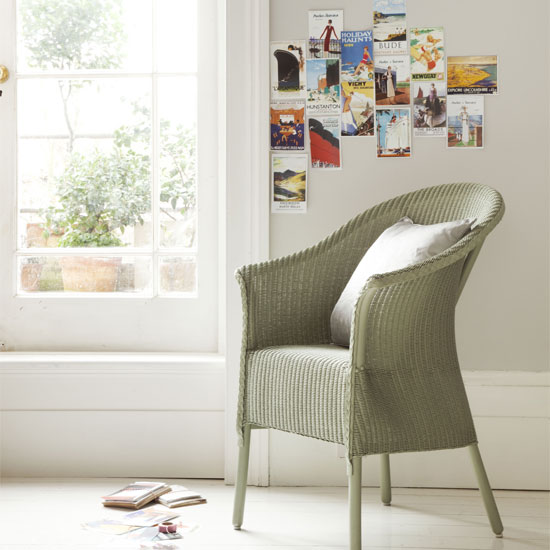
Lloyd Loom Chair
Minnesota-based inventor Marshall Burns Lloyd
devised a weaving process in 1919 that combined wire with twisted paper,
which conquered the pram market in US. When he advertised the patent in
the UK, it was snapped up by a William Lusty who, struggling to get
prams off the ground, saw potential for the material in a new kind of furniture. Again, it
didn't take on indoors until the London North Eastern Railways filled
its hotels wuth them. Soon they graced royal yachts, ocean liners and
the royal boxes at Henley and Wimbledon. Still made today in Spalding,
each chair is handmade in the original paper weave.
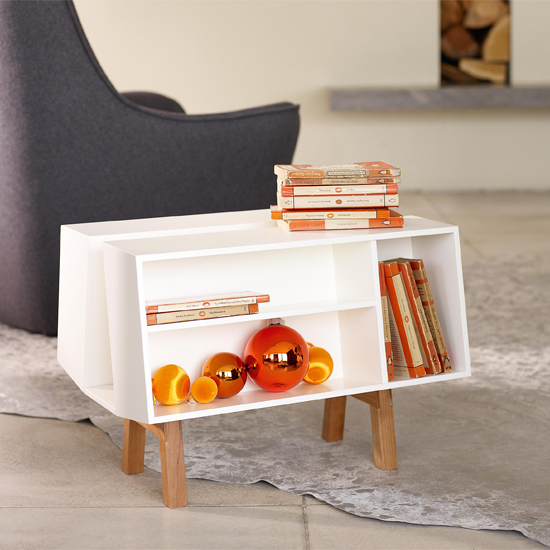
Isokon Penguin Donkey Mark II
Utilitarian, yet oddly cute with its stumpy legs and pannier-like shelving – what's not to like about the Penguin Donkey II? Designed in 1963 by British mid-century master Ernest Race, it was a reworking of Egon Riss's 1938 plywood Penguin Donkey for Isokon, so called after the publisher declared it was the ideal bookcase for its new paperbacks. Race's version kept the same structure as the original – twin shelving compartments on four legs with space in the middle for magazines – but replaced its curvaceous, asinine profile with sharper edges. Today, both designs remain equally popular, as is a Mark III, designed by Shin and Tomoko Azumi which updated the design with slots for CDs.
Sign up to our newsletter for style inspiration, real homes, project and garden advice and shopping know-how
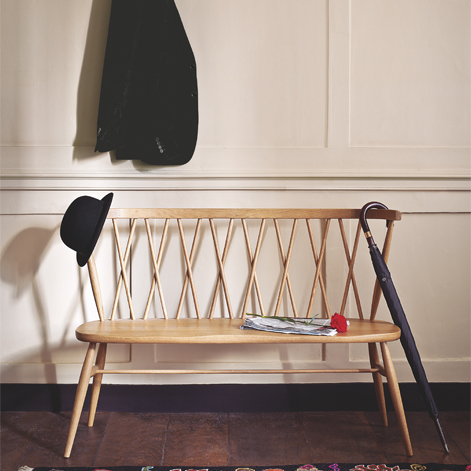
Chiltern Bench, Ercol
Ercol's Chiltern bench was redesigned at the end of 2010 as a tribute to the company's now classic mid-century pieces. But it feels anything but retro. In 1920, Lucian Ercolani's skills with steam-bending wood had ushered in a new era of home-grown furniture-making. By the 1950s, the family-run company's Windsor and Evergreen chairs were must-haves for any self-respecting suburban living room and over half a century later, their popularity shows no sign of waning. But the company is always up for a modern twist and the Chiltern is an elegantly simple way to remind the world of Ercol's heritage. Like the laces on a smart leather brogue, the crisscrossed spindles of this update spell out handcrafted as clearly as a dove-tailed joint. And it's as British as a bowler and a rolled-up brolly. Buy one from John Lewis

The E1027 Table, Eileen Gray
Okay, we're cheating here. Eileen Gray
was Irish (but, strictly speaking, Ireland was part of
Britain when she was born and still is, arguably, one of the British Isles). So we'll
stretch things to claim the E1027 as it's so brilliant. Originally
designed in 1927 for Gray's home in the South of France, the idea for
the height-adjustable mechanism was inspised by Gray's sister's love of
eating breakfast in bed. Adaptable as both a mobile tray for the
bedridden, or a flexible side table, the chrome tubing, iconically Deco
in material and form, still looks remarkably modern today. Timeless,
classic, beautiful, we'll happily lay claim to that... Available exclusively from The Aram Store.
To read the stories behind more Design Classics, go to housetohome.co.uk/livingetc/designclassics
******
Tamara was Ideal Home's Digital Editor before joining the Woman & Home team in 2022. She has spent the last 15 years working with the style teams at Country Homes & Interiors and Ideal Home, both now at Future PLC. It’s with these award wining interiors teams that she's honed her skills and passion for shopping, styling and writing. Tamara is always ahead of the curve when it comes to interiors trends – and is great at seeking out designer dupes on the high street.